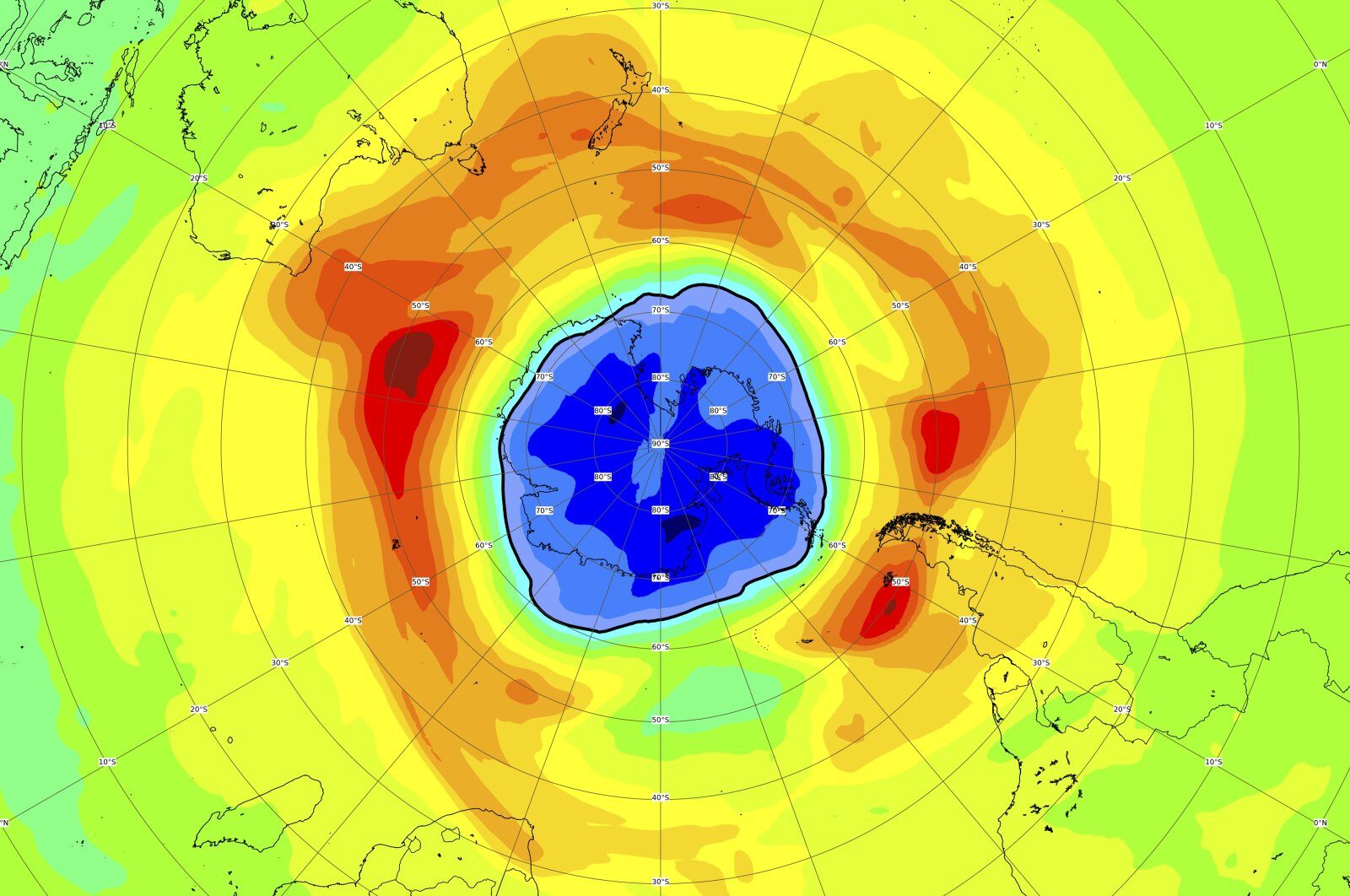
The ozone layer is part of the stratosphere that blocks ultraviolet rays that have a detrimental effect on all living organisms. The largest ozone hole on Earth is located over Antarctica. As of October 2022, its size was approximately 23.2 million square meters. km.
"During geomagnetic disturbances (changes in the Earth's magnetic field, usually manifested during magnetospheric storms), the concentration of radicals increases in the polar atmosphere. This leads to the destruction of ozone at the heights of the mesosphere during the day. The maximum detected destruction was 14-25% at an altitude of about 75 km," said Irina Mironova, head of the section "Magnetosphere and the influence of energetic particles on the atmosphere" of the Laboratory for the Study of the Ozone Layer and Upper Atmosphere of St. Petersburg State University (quoted by RIA Novosti).
Data on the number of charged particles that interact to form free ozone-destroying radicals have been obtained from balloon measurements of X-rays. Observations were carried out over Apatity in the Murmansk region.
In early January, experts from the World Meteorological Organization and the United Nations Environment Program reported a "significant strengthening" of the Earth's ozone layer. According to them, its recovery can occur within 40 years. The safety of the ozone layer has been improved by phasing out almost 99% of banned ozone-depleting substances.
More details - in the material "Kommersant" "The ozone layer has strengthened".
Source link



link is a graph of solar activity.
and the replenishing of the ozone layer has NOTHING to do with the decreasing solar activity since 1980......since it was just shown that increased activity destroys the ozone.
im no sherlock holmes, but even i have enough deductive reasoning to see the holes in the narrative are larger than the ones in the ozone layer.